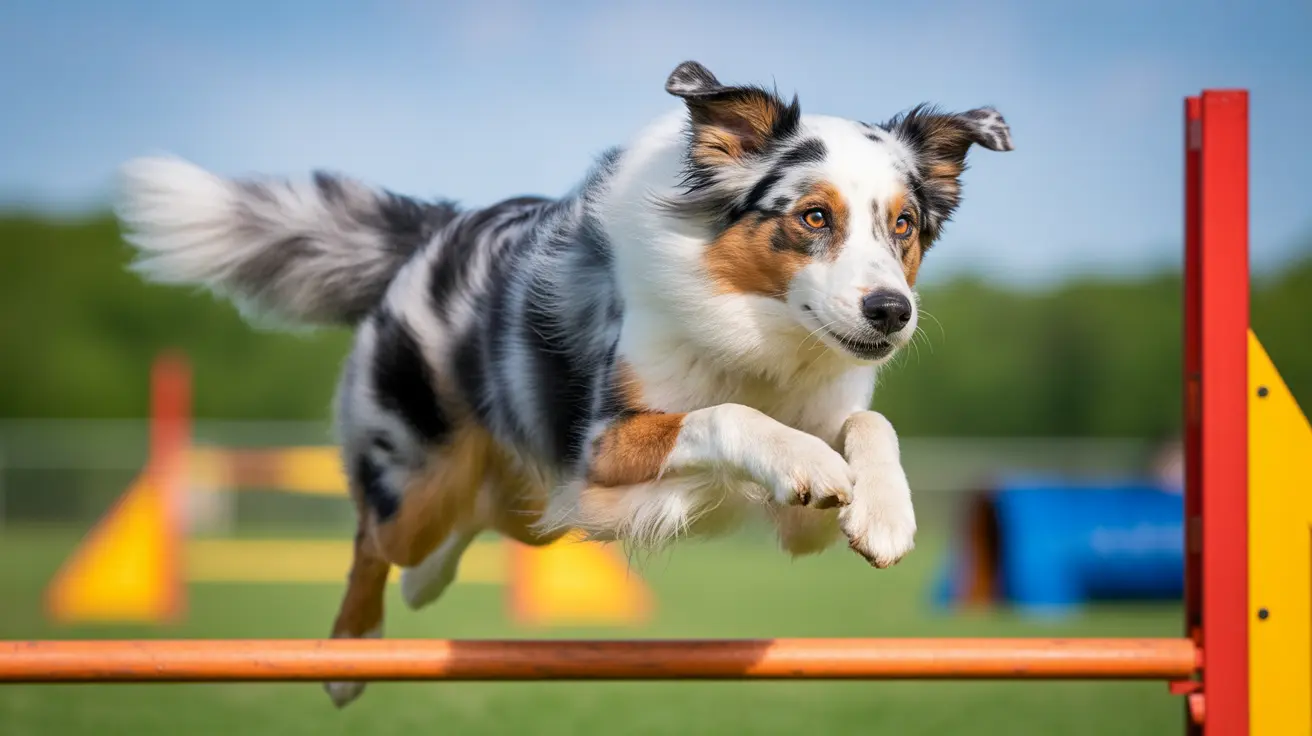Understanding the Spanish Mastiff: A Powerful and Protective Breed
The Spanish Mastiff is an ancient dog breed hailing from Spain, renowned for its imposing size, loyal nature, and powerful guarding instincts. Originally developed to safeguard livestock from predators such as wolves, this breed has earned a reputation for its protective nature, which can manifest as aggression if not properly managed.
Origin and History
This breed has existed for over 2,000 years, believed to have been brought to the Iberian Peninsula in ancient times. Historically, they escorted Merino sheep during seasonal migrations, protecting the flocks from danger. Their deep bark and formidable presence discouraged predators and thieves alike.
Physical Characteristics
- Size: Standing 28–35 inches at the shoulder
- Weight: 140 to 220 pounds depending on sex
- Body build: Muscular, with a loose coat and significant dewlap
- Coat: Dense and short to semi-long, in various colors including brindle, fawn, and wolfgray
Temperament and Behavior
While the Spanish Mastiff is typically calm and affectionate with its family, it exhibits strong protective behaviors. Its natural wariness of strangers and potential dominance over unfamiliar dogs contribute to its reputation for aggression. Socialization from a young age is essential to moderate these tendencies.
Are Spanish Mastiffs Aggressive?
Although their aggression is rooted in their role as guardians, lack of early training and socialization can lead to unpredictability. Key attributes include:
- Protective instinct: Naturally guards family and territory
- Dominance: Tendency to assert control over less familiar animals
- Wary with strangers: Aloof and sometimes hostile unless trained properly
For these reasons, the Spanish Mastiff is often recognized as one of the top aggressive dog breeds when improperly handled.
Training and Socialization
Spanish Mastiffs require experienced owners who can provide a structured environment. Training should be consistent, positive, and begin early. Essential elements include:
- Obedience training: Start from a young age
- Social exposure: Introduce to various people, pets, and environments regularly
- Firm leadership: The dog respects confident, calm authority
Exercise and Living Conditions
Although not high-energy, this breed needs daily physical activity. A spacious, fenced yard is ideal. Because of their size and exercise needs, apartment living is unsuitable.
- Requires at least an hour of daily exercise
- Favors rural or semi-rural environments
- Play and long walks help avoid boredom-based behaviors
Health Considerations
As a giant breed, the Spanish Mastiff faces several health risks:
- Hip and elbow dysplasia: Common among large breeds
- Bloat (gastric torsion): Life-threatening digestive emergency
- Heart issues: May develop cardiomyopathies
- Skin infections: Especially in folds around the neck and lips
- Eye and thyroid issues: Including hypothyroidism and entropion
Regular vet care, diet management, and preventive screenings are essential to a happy and long life (typically 9–12 years).
Grooming and Maintenance
Moderate grooming needs make them manageable in this regard:
- Weekly brushing: Increase frequency during shedding periods
- Ear and dental hygiene: Must be maintained to prevent infection
- Occasional bathing: Helps control shedding and cleanliness
- Skin fold cleaning: Prevents bacterial infections in dewlaps
Not for First-Time Owners
Due to their independence, intelligence, and sheer size, Spanish Mastiffs are better suited for experienced dog owners. Inadequate handling can result in behavioral issues, including guarding territory too aggressively.
Conclusion
While they can be loyal and calm within the family setting, Spanish Mastiffs exhibit natural tendencies toward aggression especially when inadequately socialized or challenged. They require firm guidance, careful supervision around other animals and young children, and a commitment to proper training. With responsible ownership, they can become faithful and noble companions.





